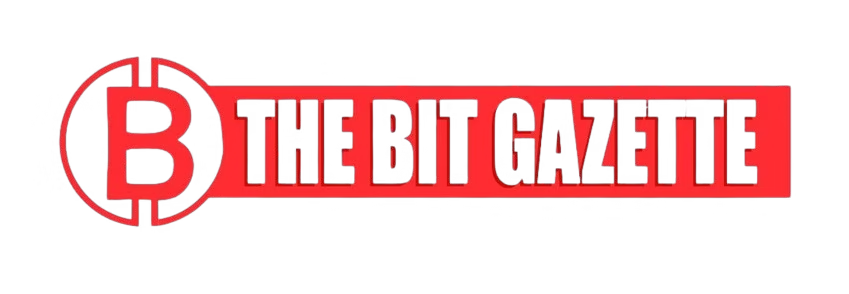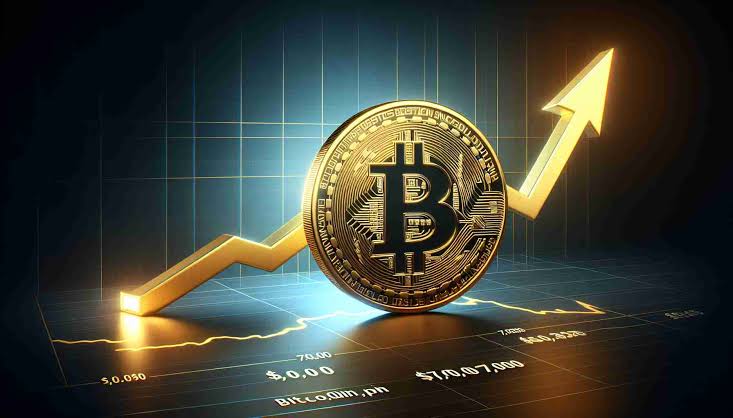S&P Global has officially launched the Digital Markets 50 Index, a first-of-its-kind hybrid benchmark that blends leading cryptocurrencies with publicly listed blockchain-related companies. The index, announced on Tuesday, marks a significant step toward uniting traditional finance with the digital asset ecosystem.
The Digital Markets 50 Index will track 15 cryptocurrencies with market capitalizations of at least $300 million and 35 publicly traded companies valued at $100 million or more. These companies operate across key segments of the digital economy including blockchain infrastructure, crypto exchanges, mining, tokenization platforms, and financial services.
“Cryptocurrencies and digital assets have moved from the margins into a more established role in global markets,” Cameron Drinkwater, Chief Product and Operations Officer at S&P Dow Jones Indices.
The index is being developed in partnership with tokenization firm Dinari, which will issue a tokenized version by the end of 2025.
A diversified structure to prevent overconcentration
The Digital Markets 50 Index uses a 5% cap on any single component, ensuring that no one asset or stock dominates performance. This is a crucial design choice in a sector often criticized for volatility and overexposure to a handful of large-cap tokens like Bitcoin and Ethereum.
While S&P has not yet released the full constituent list, the crypto eligibility criteria would currently apply to the top 276 digital assets by market capitalization. Industry observers expect the basket to include blue-chip names such as Bitcoin, Ethereum, and Solana, alongside major blockchain firms like MicroStrategy, Coinbase, and Riot Platforms.
S&P confirmed the index will rebalance quarterly in line with its established governance rules. This structure mirrors existing S&P Cryptocurrency Indices and is designed to serve as a market performance benchmark rather than a directly investable product.
This hybrid design gives investors a cleaner lens to track how traditional and digital markets interact, Elena Morozova, Senior Analyst at Messari, in a research note.
Bridging traditional finance and digital assets
Benchmarks like the Digital Markets 50 Index often act as the backbone for ETFs and index funds, offering investors exposure to diversified assets without the need for direct custody or trading.
Comparable products already exist as the Bitwise 10 Crypto Index Fund and Hashdex Nasdaq Crypto Index ETF have attracted institutional attention. But S&P’s hybrid structure is the first major index to include both digital assets and equities, signaling a deeper integration between the two financial worlds.
Dinari will tokenize the Digital Markets 50 Index on its dShares platform, giving investors direct blockchain-based access to the benchmark. This aligns with the broader push by exchanges like Coinbase, Kraken, and Robinhood to expand tokenized equity offerings.
This launch shows how blockchain infrastructure can modernize trusted benchmarks, Anna Wroblewska, Chief Business Officer at Dinari.
Robinhood CEO Vlad Tenev, speaking at Token2049 Singapore, likened the rise of tokenization to “a freight train that can’t be stopped.”
Regulatory watch and institutional interest
The U.S. Securities and Exchange Commission (SEC) is closely monitoring the expansion of tokenized securities. According to Bloomberg, the agency is exploring frameworks that would enable stocks to trade as blockchain-based assets, potentially clearing the way for ETFs and structured products tied to the Digital Markets 50 Index.
This comes amid rising institutional appetite for tokenized financial instruments, a trend accelerated by global macroeconomic shifts and digital infrastructure maturity.
Analysts suggest the Digital Markets 50 Index could become a bellwether for how capital markets evolve over the next five years providing liquidity bridges between centralized and decentralized ecosystems.
Institutional investors are no longer just observing; they’re positioning, Marcus Grant, Head of Digital Strategy at Galaxy Digital.
A defining moment for crypto-finance convergence
With its diversified asset base, structured methodology, and tokenized access, the Digital Markets 50 Index represents a major milestone in the mainstreaming of digital assets.
If adopted widely by ETF issuers, it could reshape how investors gain exposure to both traditional equities and cryptocurrencies, while giving regulators a standardized benchmark to assess systemic risks.
For crypto investors, the launch offers a new level of market transparency and institutional credibility. For policymakers, it’s another signal that digital assets are no longer a fringe sector but an integrated pillar of modern finance.











